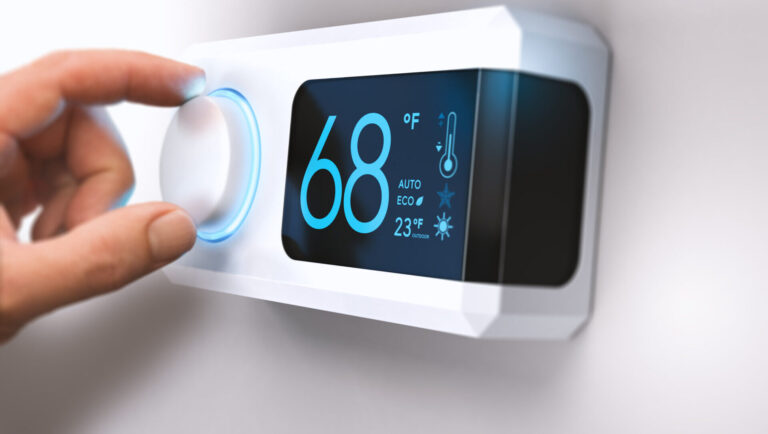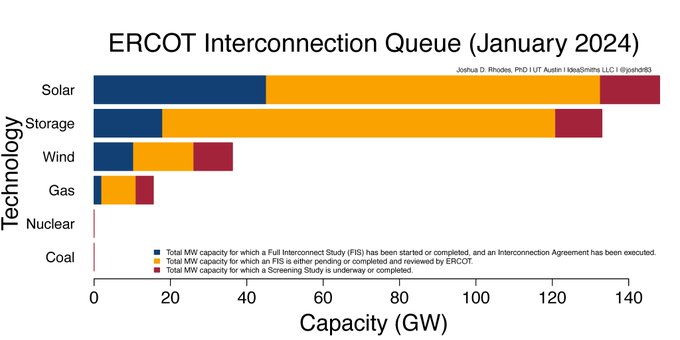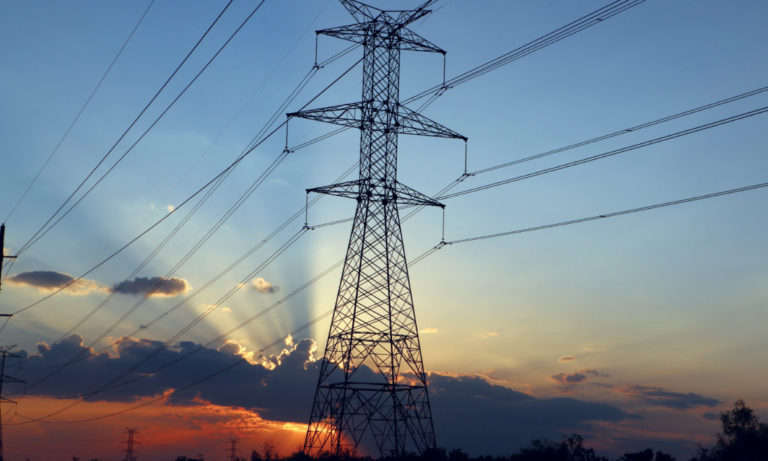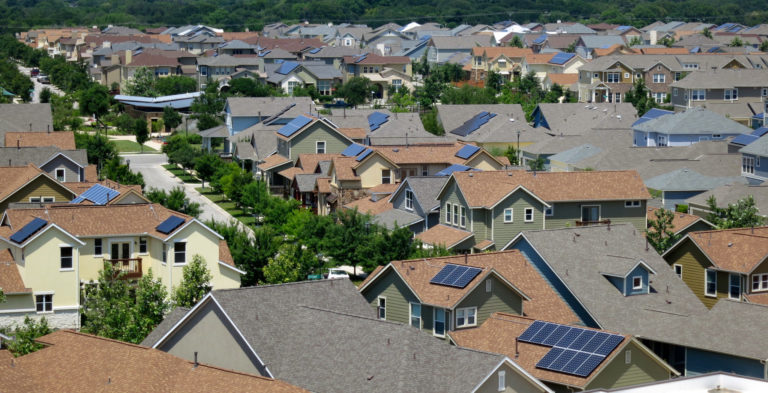August 27, 2021
By Suzanne Russo/a>, CEO, Pecan Street Inc.
Earlier this week, we released a new analysis on electric panel capacity and residential electrification. Our goal was to draw attention to the opportunities to clear the path for electrification by introducing policies and incentives for electric panel upgrades. Since we released the report, our work has been misrepresented by organizations that support the natural gas industry. These organizations have used our report to say that electrification presents an overly onerous financial burden to consumers, and therefore we should not transition away from natural gas fuels.
I want to reiterate Pecan Street’s strong support for full electrification and clarify the policy recommendations we made in our original analysis. We’ve updated and are re-releasing our report to clarify these points:
• Our analysis finds that there are 35-45 million U.S. homes that can fully electrify today with their existing electric panels. Policymakers and utilities should support rapid electrification of these homes.
• There are up to 48 million homes that may require electric panel upgrades to electrify. Policymakers and utilities should provide equitable incentives that cover the cost of panel upgrades and make electrification the least cost option for homeowners.
• Low-to-moderate-income households should be prioritized for these incentives.
• New building and energy codes should be adopted that create a minimum panel size of 200 Amps (A) for all new construction homes. This will allow all new homes to fully electrify in the future.
Download the updated whitepaper.
The reasonable conclusion to draw from our report is that the transition to full electrification will require action on the part of policymakers to ensure that it happens equitably and soon as possible. Claims that the cost burden is too great and electrification should be abandoned are not grounded in the data and are not made in good faith.
As cited in our original report, the Rocky Mountain Institute found that in several regions across the country all-electric homes had lower lifetime costs and greenhouse gas (GHG) emissions than homes with natural gas appliances. Homes with all-electric appliances also benefit from improved indoor air quality compared to homes with natural gas appliances. LMI households stand to see the greatest improvements from electrification and policymakers can help homes across the country realize these benefits by offering incentives to upgrade undersized electric panels in existing homes and requiring 200A panels for new construction.
The IPCC’s recent report makes it painfully clear that it’s time to put our efforts to transition to a net-zero economy into fifth gear. Home electrification is a critical piece of this transition, and our analysis provides data insights and policy recommendations for decision makers that can clear the path to full residential electrification. Claims to the contrary are opportunistic and shortsighted. We hope that you’ll join us in calling for a rapid and equitable transition to the all-electric future.
Download our updated whitepaper to read more about our analysis and policy recommendations.
Electrification Web Tool
To undertake this analysis, Pecan Street built a model using its residential research network data that shows how much electricity individual appliances and homes use. The model allows us to simulate the incremental additions of individual electric appliances and compares them to the minimum electric panel size required by the electric code. We developed the model as a web tool to accompany the whitepaper that allows users to calculate home electrification scenarios with differing electric panel capacities.



















